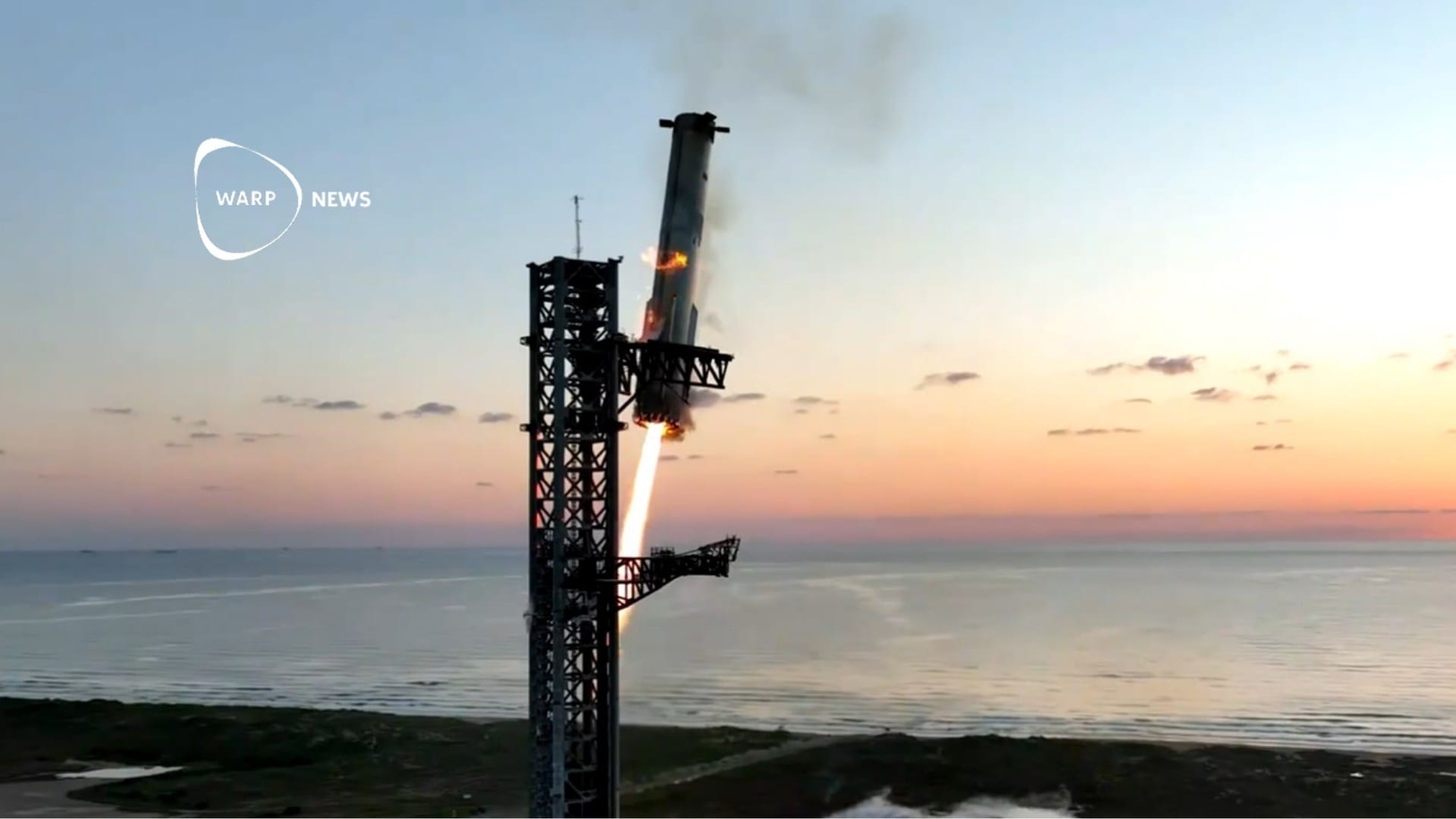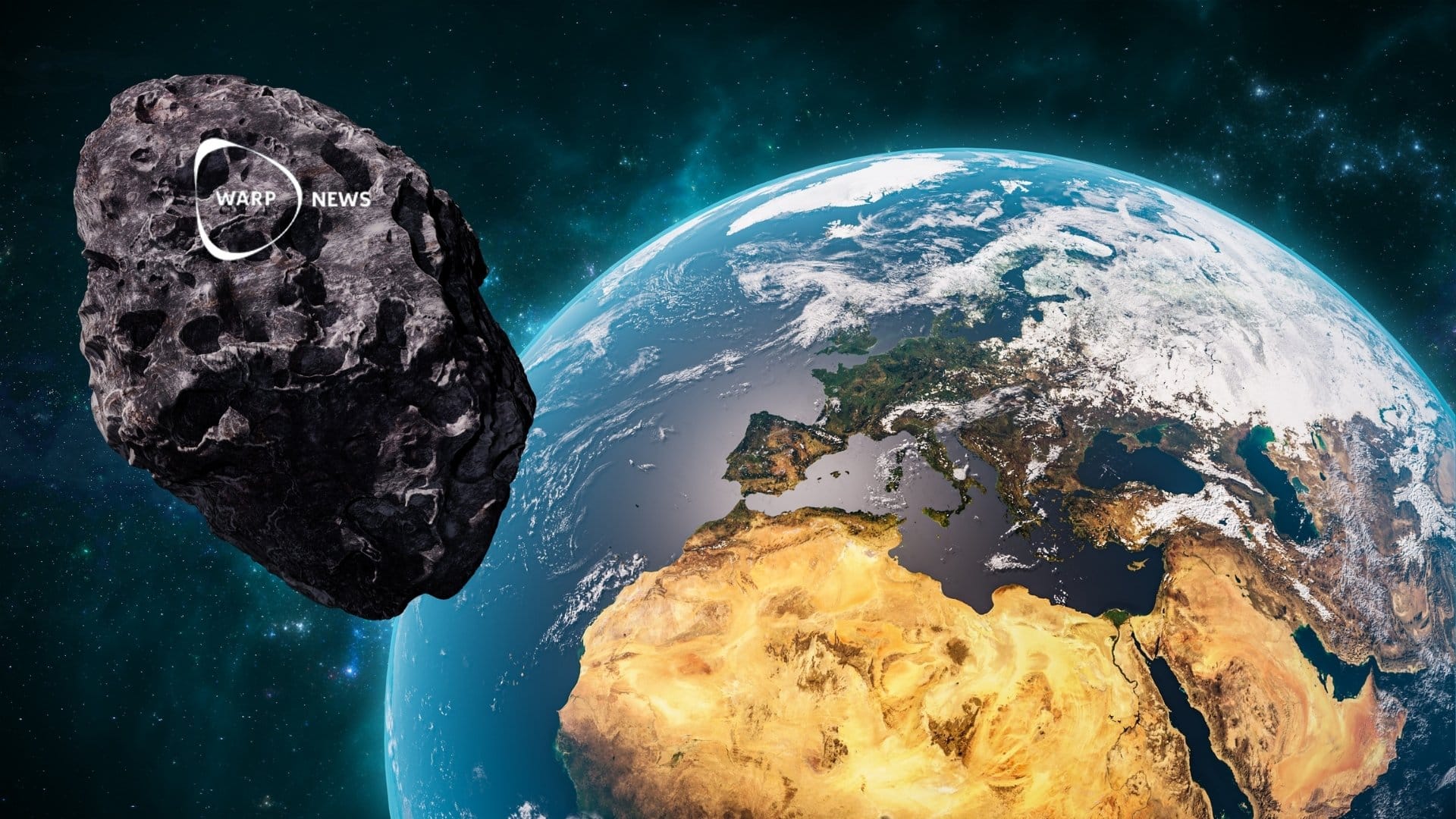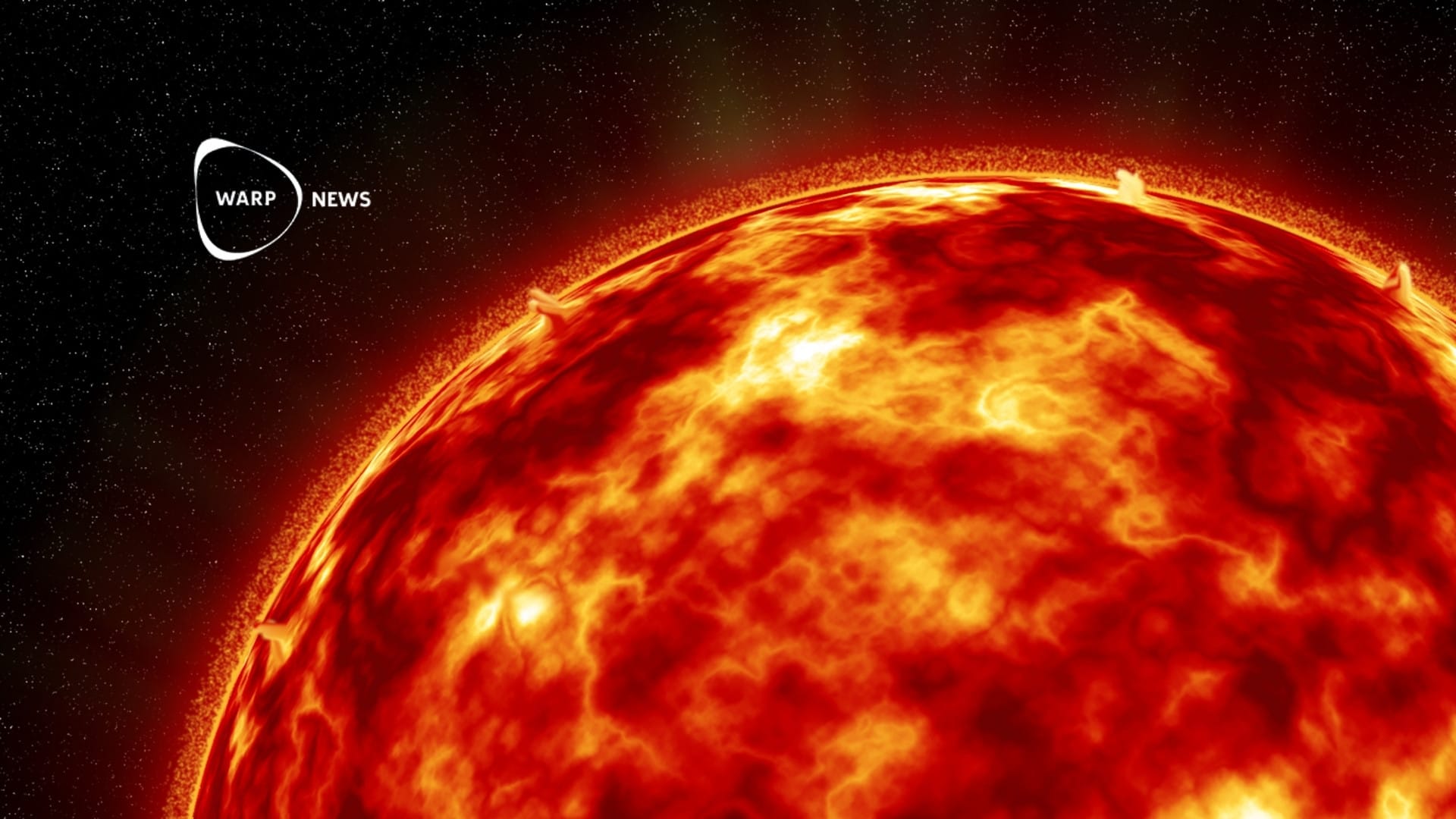
🌑Scientists want to build a particle accelerator on the moon
Scientists are discovering what a lunar particle accelerator could achieve. The idea of conducting particle collisions on the moon, might not even be that unrealistic.
Share this story!
The Large Hadron Collider, LHC, is a huge facility with a 27-kilometer-long tunnel. But compared to the latest proposal for a new accelerator, it is something of a miniature plant. A team of researcher recently published a paper with the titel "A very high energy hadron collider on the Moon".
The paper elaborates on what that sort of accelerator could achieve. The moon accelerator would be around 11,000 kilometers long, and It could collide particles at a total energy of 14 PeV. By comparison, the LHC comes up to 13 TeV, that is, one-thousandth of what the lunar accelerator could handle.
The point of a lunar accelerator is to get a glimpse of new particles. If in place, the accelerator would play a huge part in solving some of the biggest riddles in particle physics. But why do an accelerator with higher energy help us with that? Some undiscovered particles may have a higher mass than the collision energy we have managed to produce, so far. James Beacham explains in an email:
"The masses could be anywhere from the LHC scale of 13 TeV up to and including the Planck scale of 10^(16) TeV. So we need to build successively higher-energy collider experiments (like the next-generation proposals like the FCC and SPPC we discuss in the paper) in steps all the way up to the Planck energy. At each of these new, higher-energy colliders, we'll learn completely new information about the universe which will guide other research, and we get to "see" parts of the universe that we've never seen before."
Challenges
The idea of placing particle accelerators on the moon, however, is not new. It has been discussed before due to the fact that the moon could be a more optimal place than earth for particle colliders. One of the reasons is that the moon is surrounded by vacuum. This means less trouble to suck the air out of the tunnels. Another important one is that the particle accelerator needs to be bigger to achieve higher energies, and there is simply not enough uncrowded space on earth.
One of the challenges with placing a collider on the moon is that the temperature on the surface of the moon changes a lot, ranging from up to 127 celsius to - 173 celsius. The optimal temperature for the collider is during the cold nights on the moon. The scientists write that one solution, therefore, could be to only operate the collider during the nights. The only problem is that a night on the moon equals almost 14 days on earth.
Another challenge is how to produce enough power to run the collider. In the paper the scientist concludes that maybe the most promising solution would be to harness the sun power through a "Dyson belt" around the equator. A sort of belt of sun panels.
Of course, building an 11,000-kilometer accelerator on the moon is not something you just do. It will take several decades before we could even start building the facility. However, the reborn interest in the United States and other countries in lunar travel means that the idea is not entirely unreasonable. NASA has stated that they want to establish a sustainable presence on the moon by 2028.
With cheaper lunar travel, and a huge increase in funding for particle research, the idea could become a reality. One can conclude that without big dreams it is difficult to make big discoveries.
Kent Olofsson
Elina Tyskling
By becoming a premium supporter, you help in the creation and sharing of fact-based optimistic news all over the world.


